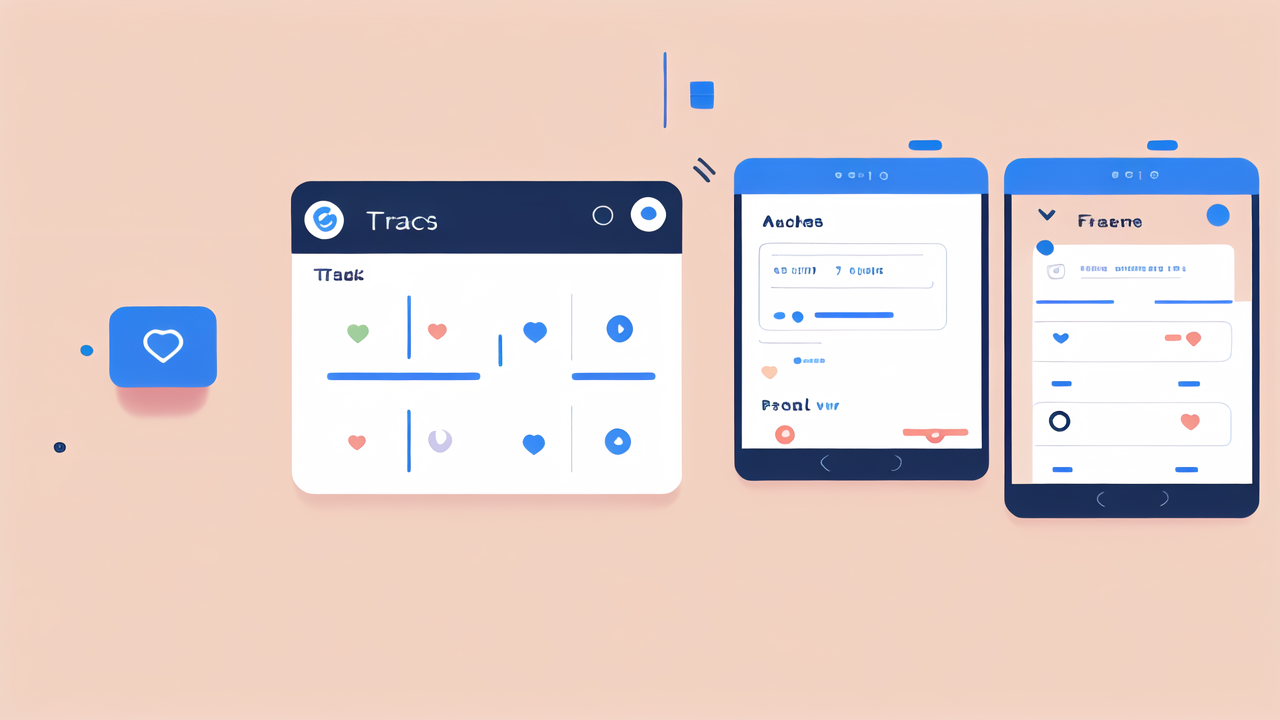Understanding Fitness Trackers: How They Measure Success and Beyond
What is a Fitness Tracker?
A fitness tracker is a wearable device that monitors and records fitness-related metrics. These gadgets come in various forms, such as wristbands, smartwatches, or clip-on devices. They use sensors to track physical activity, heart rate, and sleep patterns. Most fitness trackers sync with smartphones or computers to provide detailed data analysis. They offer real-time feedback on your fitness goals and progress. Some advanced models can even measure blood oxygen levels and stress. Fitness trackers are designed to motivate users to lead healthier lifestyles. They do this by setting goals, tracking progress, and offering insights into daily activities.

Metrics for Success in Exercise and Fitness
Fitness trackers use several key metrics to measure success in exercise and fitness. These include:
- Steps taken
- Distance traveled
- Calories burned
- Heart rate
- Sleep duration and quality
- Active minutes
These metrics help users understand their activity levels and overall health. Steps and distance show how much you move each day. Calorie burn indicates the intensity of your workouts. Heart rate monitoring helps gauge exercise intensity and recovery. Sleep tracking provides insights into rest and recovery patterns. Active minutes show how much time you spend exercising. By tracking these metrics, users can set realistic goals and monitor their progress over time.
Advanced Features of Modern Fitness Trackers
Modern fitness trackers offer advanced features beyond basic activity tracking. These include:
- GPS tracking for accurate route mapping
- Workout recognition to automatically detect different exercises
- Stress monitoring through heart rate variability
- Guided breathing exercises for relaxation
- Menstrual cycle tracking for women's health
- Blood oxygen monitoring for overall health assessment
Some trackers also offer smart notifications, music control, and contactless payments. Advanced models can track swimming metrics and provide detailed running analytics. Many now include personalized coaching features based on your data. These advanced features make fitness trackers powerful tools for holistic health management.
Integrating Fitness Trackers with Smart Apparel
The Role of Smart Apparel in Fitness Regimens
Smart apparel is clothing embedded with sensors to enhance workout experiences. These garments can measure various metrics that fitness trackers might miss. They offer more precise data on muscle activity, form, and technique. Smart shirts can monitor breathing patterns and heart rate variability. Smart shoes can analyze running gait and impact forces. Some smart apparel can even provide real-time feedback on posture and form. This technology helps users prevent injuries and optimize their workouts. Smart apparel complements fitness trackers by providing more detailed, body-specific data.

Synchronizing Your Fitness Tracker with Apparel
Syncing fitness trackers with smart apparel enhances the accuracy and scope of data collection. Most smart apparel uses Bluetooth to connect with fitness trackers or smartphones. This allows for seamless data integration and analysis. To sync, ensure both devices are Bluetooth-enabled and within range. Open the fitness tracker app and follow the pairing instructions for smart apparel. Once connected, the devices will share data automatically during workouts. This integration provides a more comprehensive view of your fitness activities. It combines the broad metrics from the tracker with specific data from the apparel.
Benefits of Smart Apparel for Workout Efficiency
Smart apparel offers several benefits for improving workout efficiency:
- Enhanced accuracy in measuring body metrics
- Real-time feedback on form and technique
- Targeted muscle activity monitoring
- Improved injury prevention through posture analysis
- Personalized workout recommendations based on comprehensive data
- More comfortable and less intrusive than multiple wearable devices
Smart apparel can detect muscle fatigue before you feel it. This helps in optimizing workout intensity and duration. It can also track recovery rates, allowing for better-planned rest periods. By providing detailed data on movement patterns, smart apparel helps refine exercise techniques. This leads to more effective workouts and faster progress towards fitness goals.
Implementing Fitness Trackers for Long-term Benefit
Best Practices for Using Fitness Trackers
To get the most out of your fitness tracker, consider these best practices:

- Set realistic, achievable goals
- Wear your tracker consistently for accurate data
- Keep your tracker charged and updated
- Customize your device settings for personal needs
- Use the companion app to analyze trends over time
- Participate in challenges or communities for motivation
Regularly review your data to understand your patterns and progress. Use this information to adjust your fitness routine as needed. Don't obsess over daily fluctuations; focus on long-term trends. Remember, the tracker is a tool to support your fitness journey, not define it. Balance reliance on data with listening to your body's signals. Combine tracker insights with professional advice for a well-rounded approach to fitness.
Building a Routine with Fitness Tracking Insights
Fitness trackers can help build and maintain effective workout routines. Start by establishing a baseline of your current activity levels. Set small, incremental goals to gradually increase your activity. Use your tracker's reminders to stay consistent with your exercise schedule. Analyze your most active times of day to plan workouts when you're naturally energetic. Pay attention to your sleep data to ensure you're getting enough rest for recovery. Use heart rate data to balance high-intensity workouts with recovery periods. Adjust your routine based on progress and how you feel. Celebrate milestones to stay motivated on your fitness journey.
Case Studies: Real-World Applications of Fitness Tracking for Improved Health and Wellness
Case Study 1: Sarah, a 35-year-old office worker, used her fitness tracker to increase daily activity. She set a goal of 10,000 steps per day. Over six months, she lost 15 pounds and improved her cardiovascular health. Her tracker motivated her to take walking breaks and use stairs instead of elevators.
Case Study 2: Mike, a 50-year-old with high blood pressure, used his tracker to monitor heart rate. He noticed patterns related to stress and activity. By adjusting his routine, he lowered his blood pressure without additional medication.
Case Study 3: A corporate wellness program implemented fitness trackers for employees. After one year, they saw a 20% decrease in sick days and improved overall employee satisfaction. The program encouraged friendly competition and team-building through fitness challenges.
These cases show how fitness trackers can lead to meaningful health improvements when used consistently.




Leave a comment
This site is protected by hCaptcha and the hCaptcha Privacy Policy and Terms of Service apply.